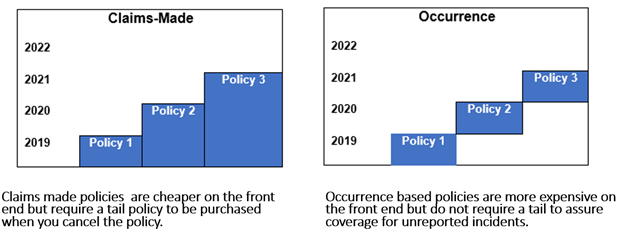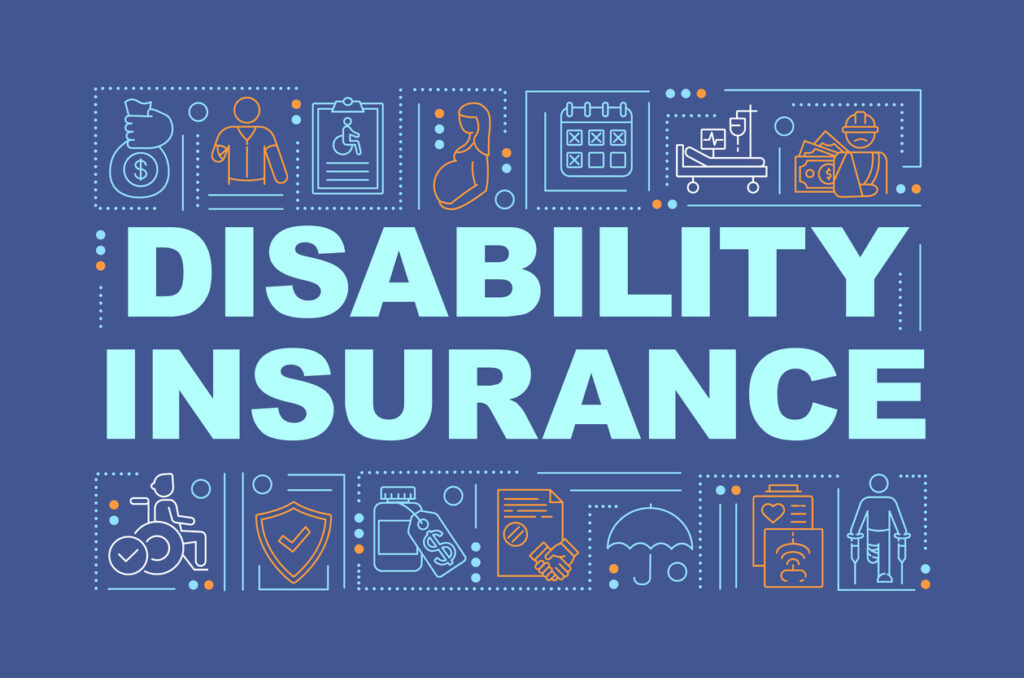By Chris Noffke, GBDS, CSFS, Vice President of Employee Benefits
In the constantly changing field of health care management, it is crucial to collaborate and share insights to achieve success. With this in mind, we are pleased to announce that we will be hosting virtual discussions for practice managers.
These teleconferences will serve as a platform for us to delve into various critical issues and exchange valuable perspectives with fellow health care professionals. Some of the topics we plan to explore include:
Staffing Solutions: Best practices for recruiting, retaining, and nurturing talent amidst evolving workforce dynamics.
Efficiency Maximization: Strategies to accomplish more with limited resources and enhance productivity.
Culture Development: Methods for cultivating a positive work culture that prioritizes employee satisfaction and patient-centric care.
While these topics provide a starting point, we welcome suggestions for additional discussion themes from anyone interested in attending. To participate, please contact Martin Hurst.
Our primary goal with these calls is to create a supportive network where we can learn from each other’s experiences, share valuable insights, and collectively address challenges facing health care practices. Whether you are seeking guidance, eager to contribute your expertise, or simply interested in connecting with peers in the field, these discussions offer a valuable opportunity for growth and collaboration.
Together, we can navigate the complexities of health care management and strive for excellence in patient care.
WisMed Assure and WisMed Financial are focused on building and maintaining relationships with clients, and always keeping the best interest of the client at the center of all we do. Contact us at chris.noffke@wismedassure.org, 608.442.7374, insurance@wismedassure.org or 608.442.3810.
Note: This article is for informational purposes only and should not be considered as insurance advice related to your specific policy or situation. Please consult with a qualified insurance advisor or professional before making any policy decisions. Full disclaimer and contact information.




























